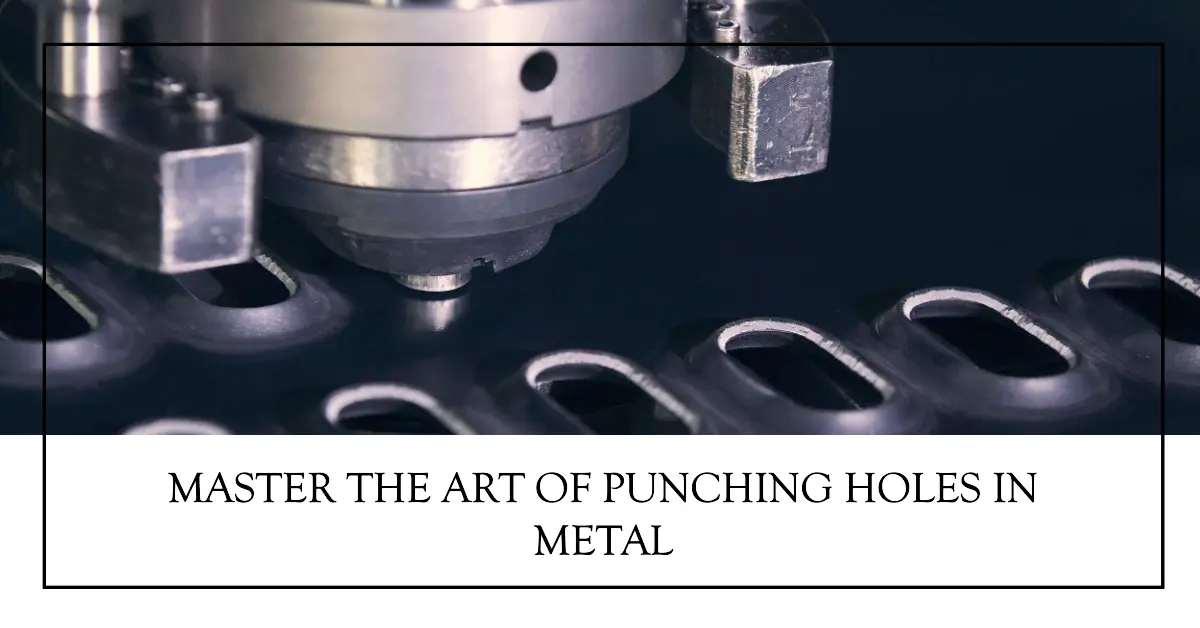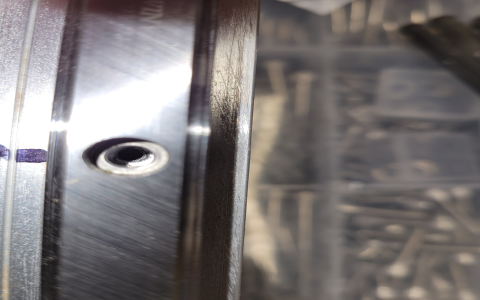Today I finally got around to testing some metal punching tricks for getting clean holes without wrecking my materials. Been wrestling with messy, jagged edges on thin sheets for weeks, so this felt like the right project to tackle head-on.
Starting Simple (And Messing Up)
Grabbed my basic punch set and a scrap piece of soft aluminum – figured it’d be easy. Just lined up the punch, gave it a solid whack with the hammer. Boom… hole punched, but dang! The metal puckered like a cheap soda can underneath. Total deformation. Not even close to “perfect.” This kept happening even when I tried different hammer strengths. Way too hit-or-miss. Needed a smarter way.
The Clamp Fix (Getting Warmer)
Remembered some folks online talking about support. Took two thick, flat pieces of scrap hardwood – figured they’d act like a sandwich. Clamped the aluminum sheet nice and tight between the wood blocks, real snug, directly over my workbench vise. Made sure the spot where I wanted the hole was exposed through a gap in the wood. Repeated the punch-slam routine. Big difference! The underside stayed flat! No puckering. But… ugly burrs. Like sharp little shards sticking out around the hole edge. Functional, maybe, but far from clean. Had to grind those nasty bits off afterwards. Still extra work.
Adding the Secret Layer (Ah-Ha!)
Rummaged through the scrap bin and found a chunk of that blue plastic cutting board my wife wanted to toss last month. Cut a small piece, maybe half an inch thick. Tried a new stack-up:

- Thick Wood Block (Bottom)
- Plastic Cutting Board Piece
- The Aluminum Sheet
- Another Thick Wood Block (Top)
Clamped the whole stack tight again, plastic sitting right under the spot where the punch would go through the metal. Took a deep breath… WHACK! Punched clean through.
Sweet success! Lifted the top wood block off. The hole in the aluminum? Clean circles, top and bottom. No warping. Minimal burrs – just tiny little lips that rubbed smooth with one pass of a file. The plastic gave way cleanly under the punch point, supporting the metal without shattering like wood fibers might. Perfect holes, seriously every single time after that.
Why This Worked
Turns out it’s all about the support sandwich:
- Bottom Wood: Solid foundation, takes the punch force without bending.
- Plastic: Soft enough for the punch tip to push into easily, filling the tiny gap under the metal, stopping blowout and burrs.
- Top Wood: Keeps everything absolutely flat.
The clamp pressure? Super critical. If it’s loose, the metal just bends down into the plastic gap. Tight clamp flattens everything. Forget just whacking the punch freehand. This sandwich method? It just works.
Wrapping It Up
Spent the afternoon punching a dozen test holes in different thicknesses of aluminum and thin brass. Same stack every time. Clamp down like your project depends on it, hammer with confidence. Results are shockingly good and consistent. That blue plastic cutting board? Hero of the day. No more puckered metal sheets or bloody fingers from hidden burrs. This is definitely staying in my workshop playbook. Simple fixes sometimes rule.
